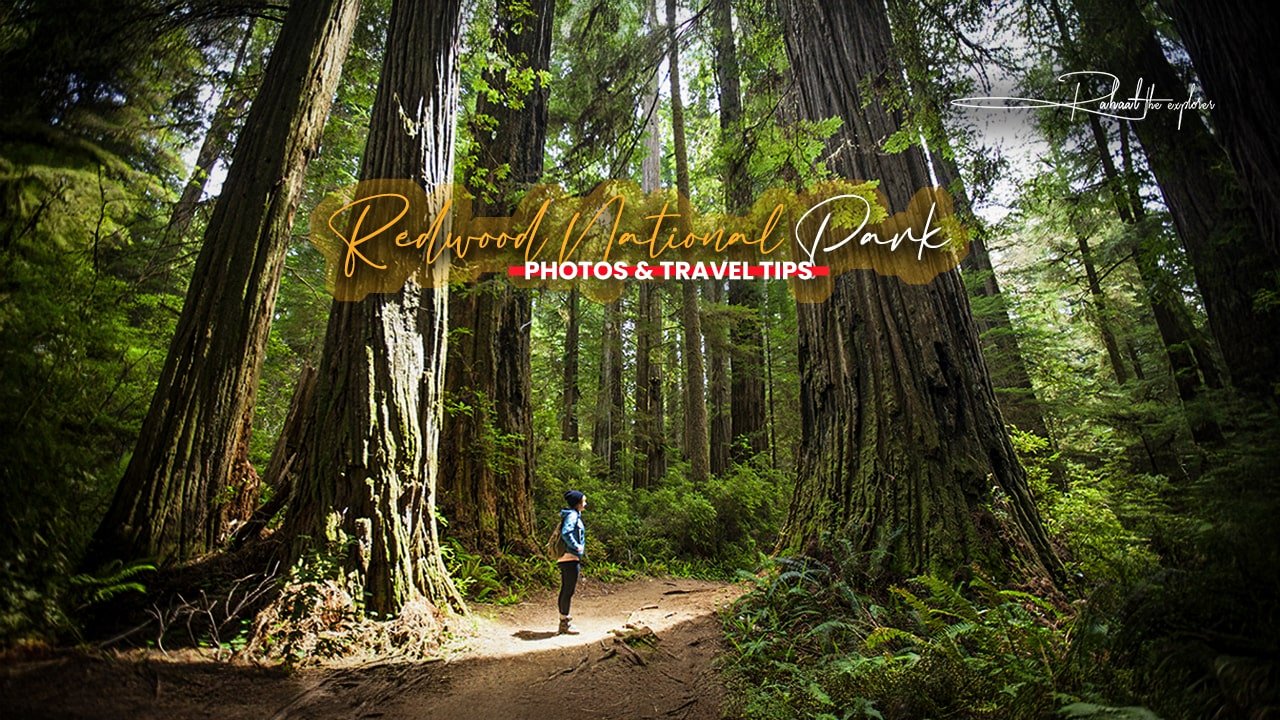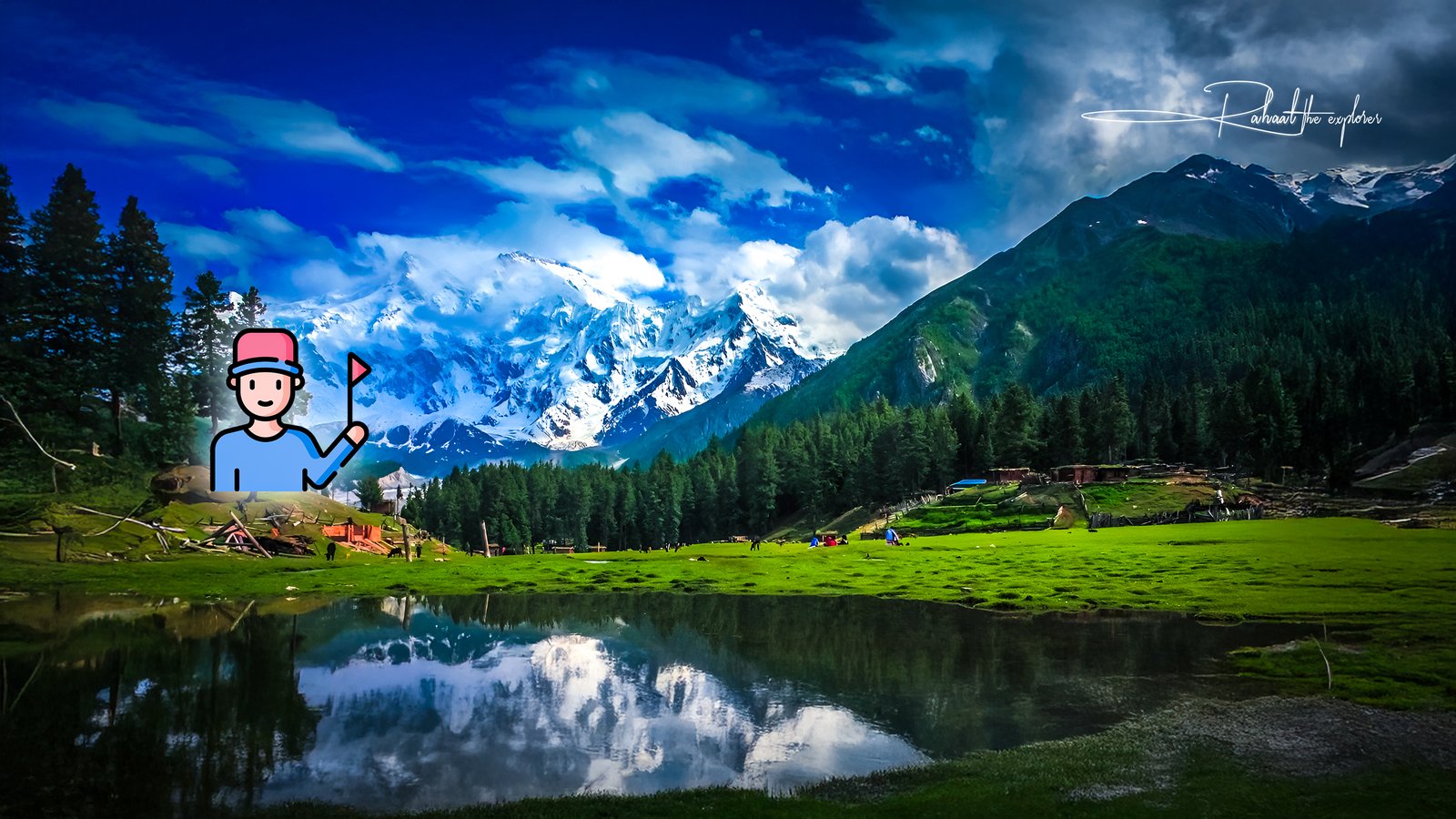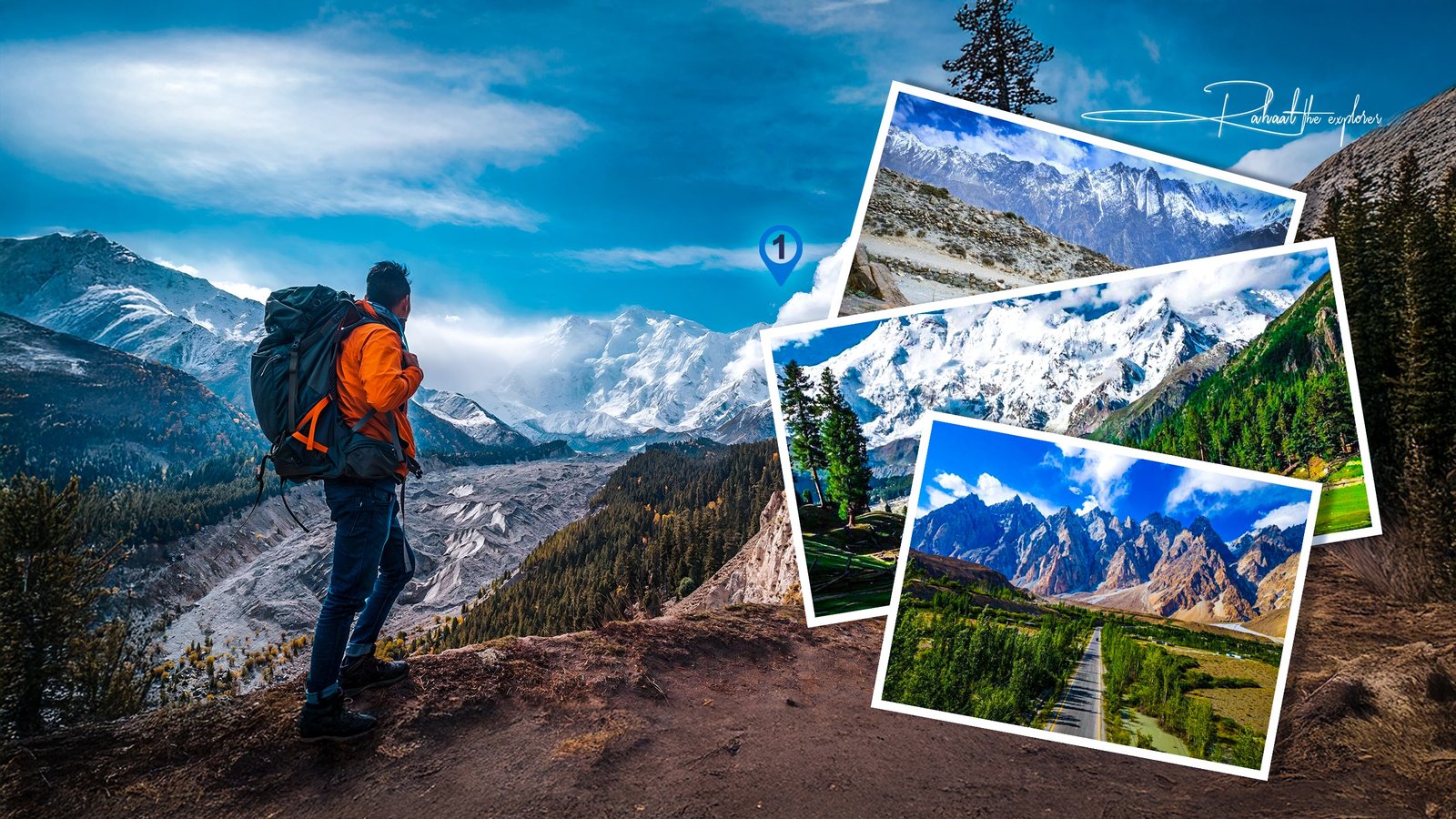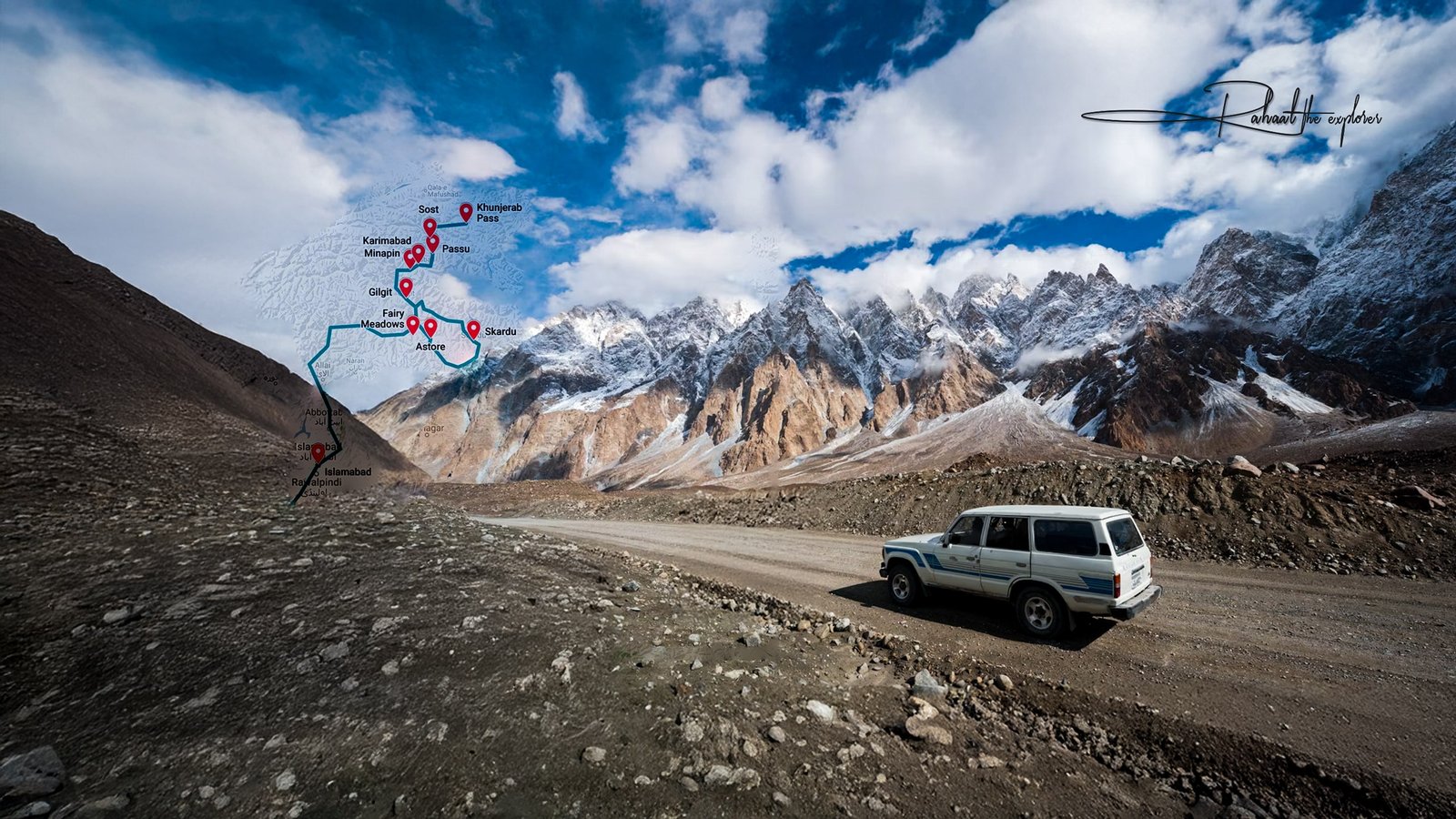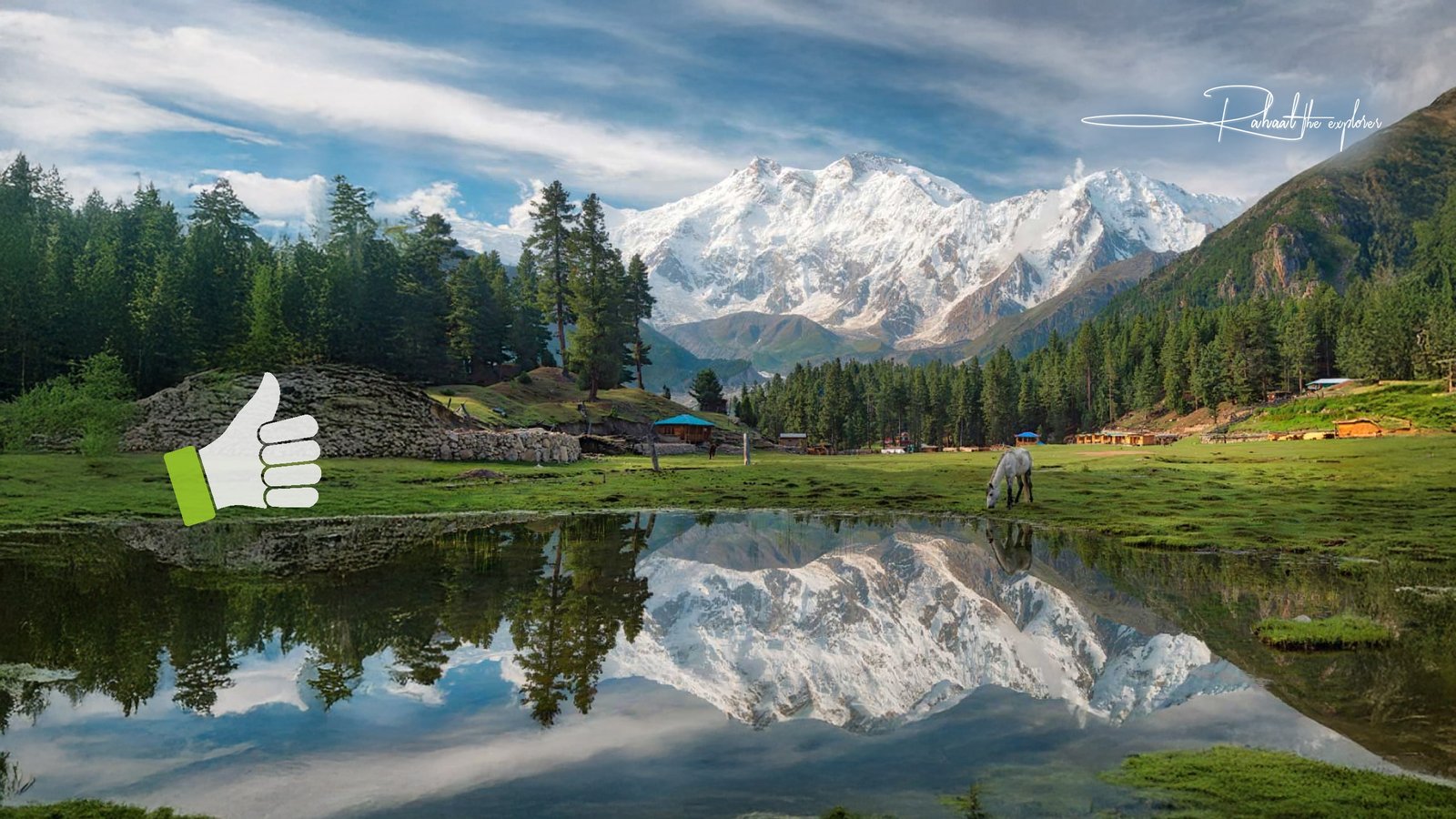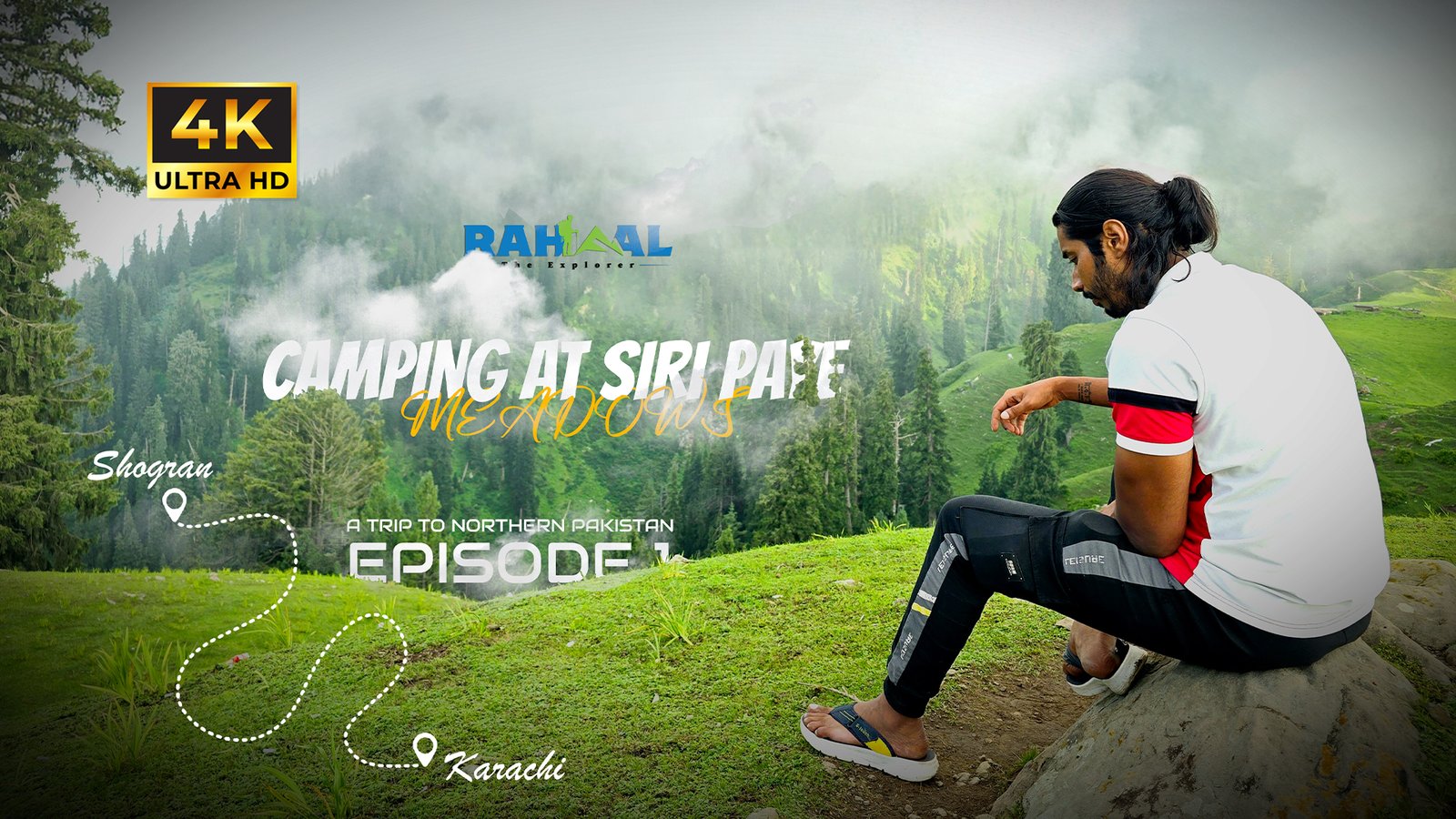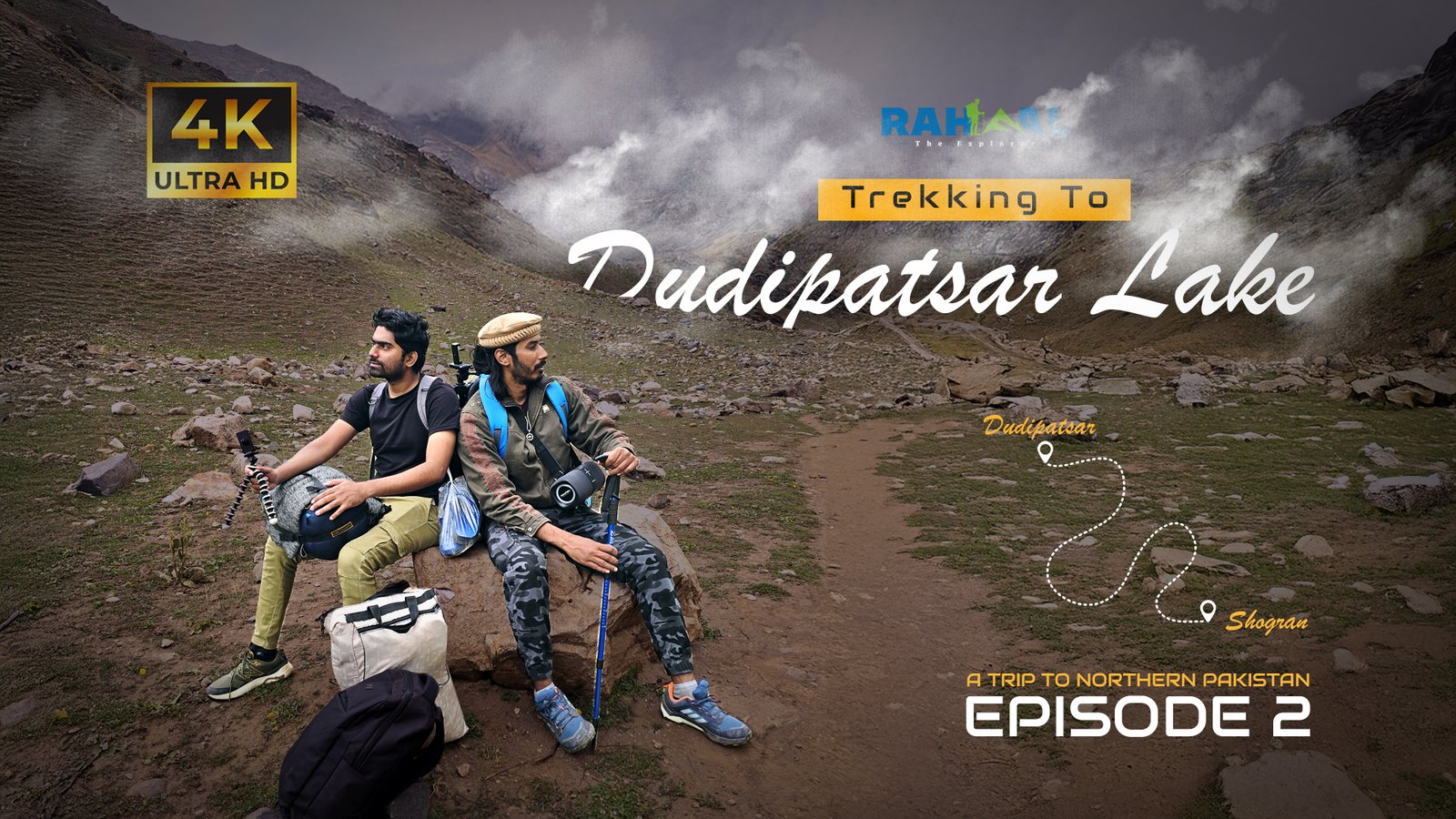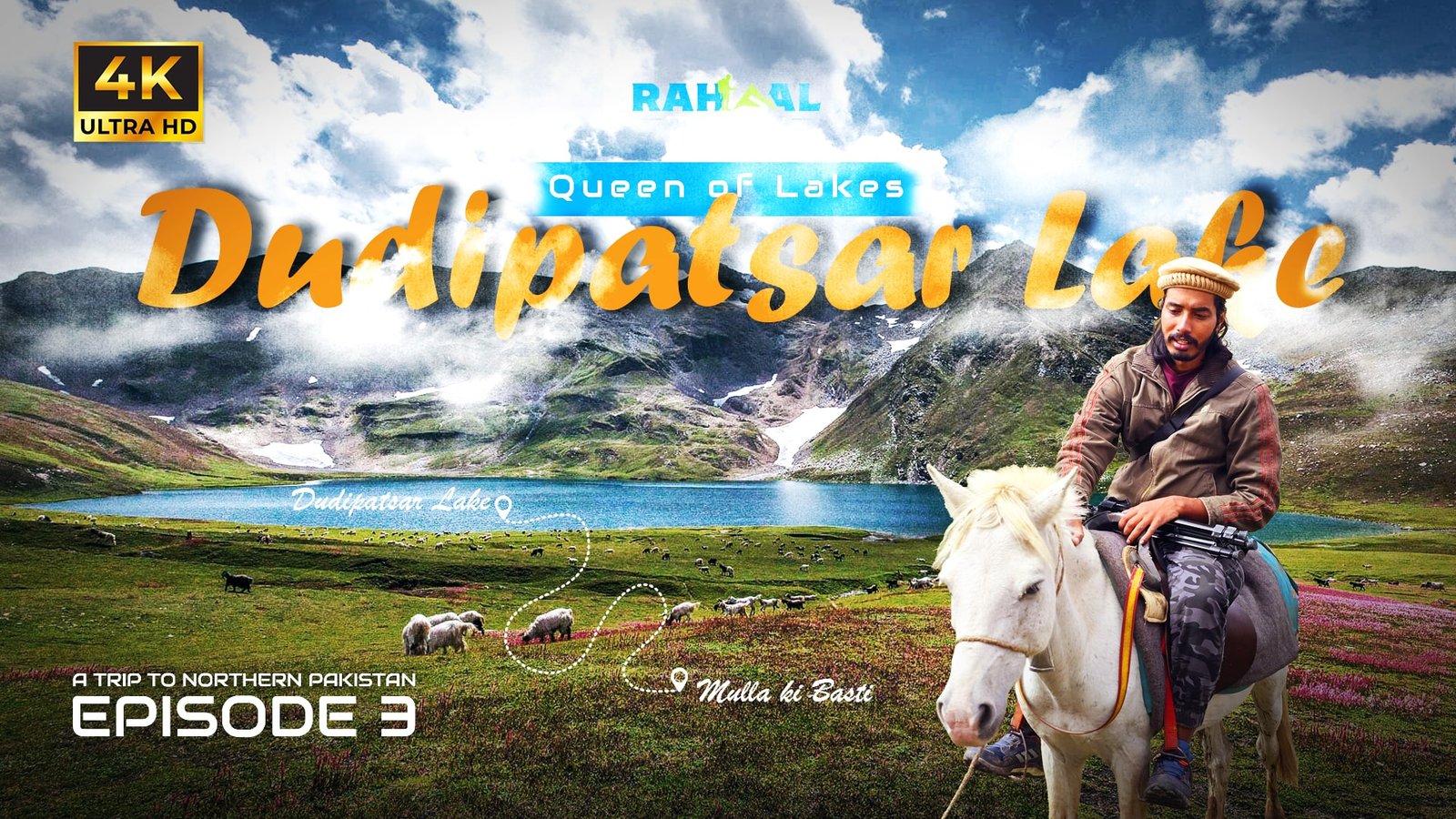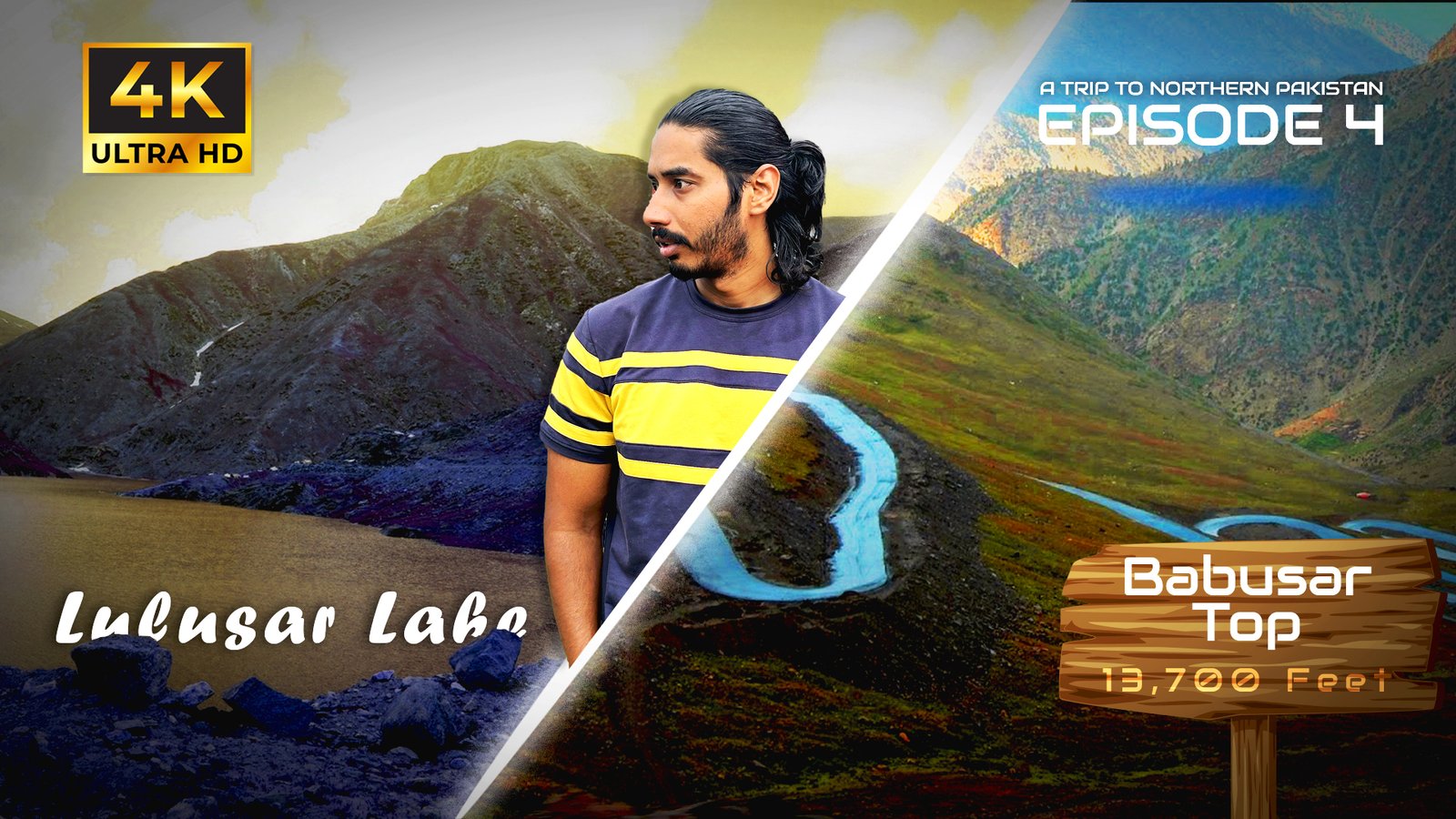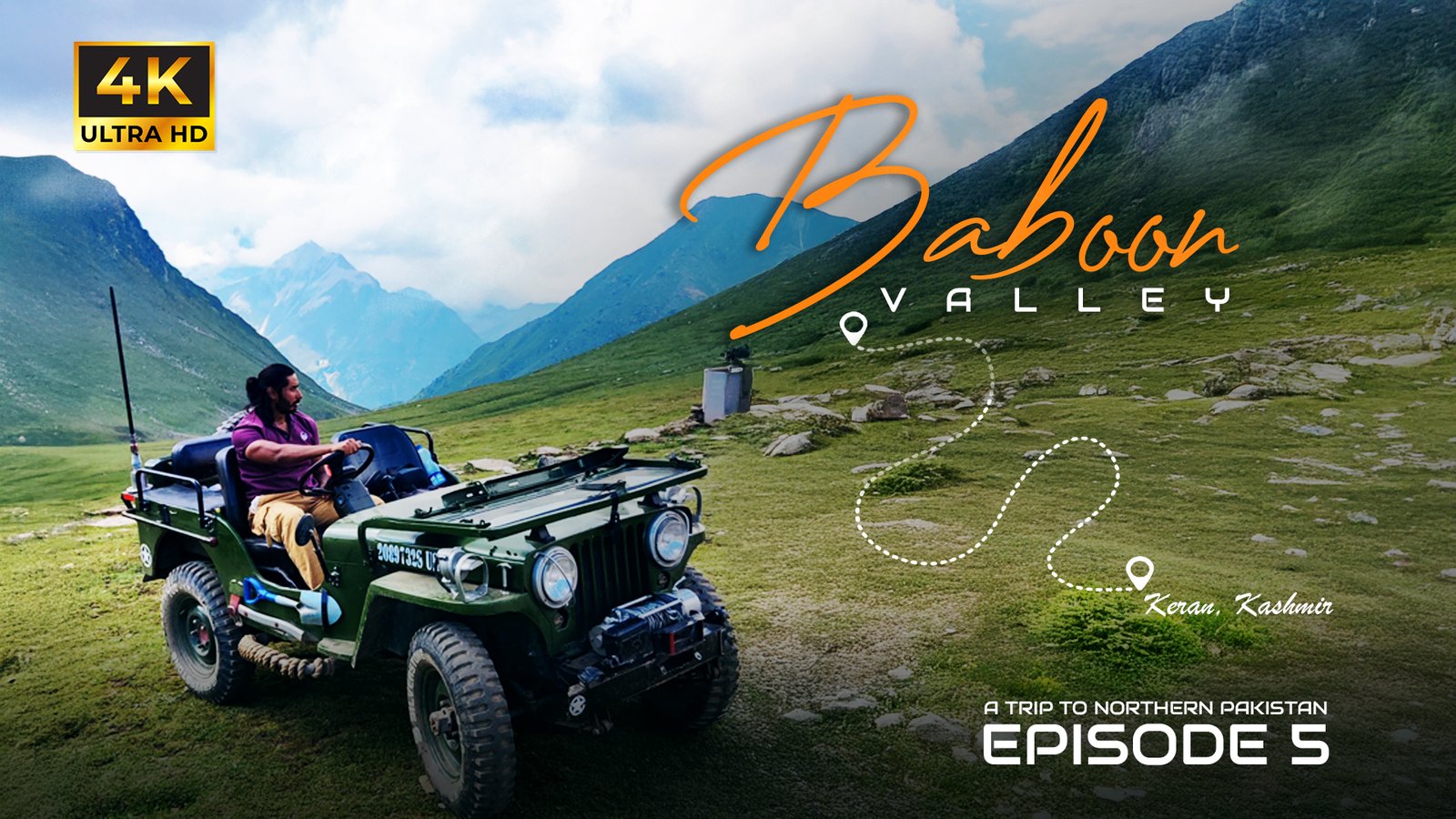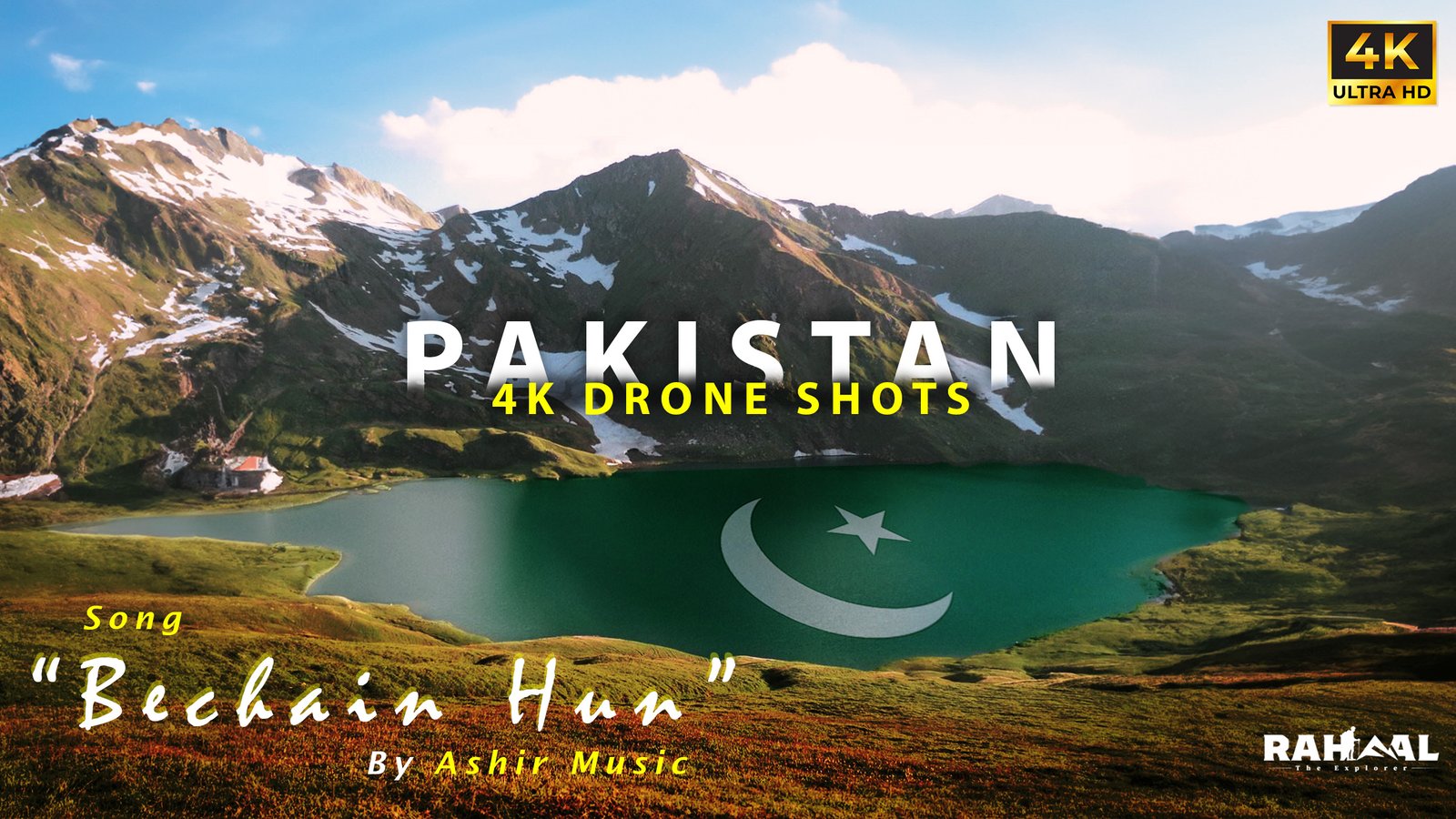Introduction
Standing among the world’s tallest trees is an experience that humbles even the most seasoned travelers. The Redwood National and State Parks in Northern California are home to towering coastal redwoods, some of which soar over 350 feet into the sky. For photographers, nature lovers, and adventure seekers, these forests offer endless opportunities to capture beauty and find peace in nature.
In this guide, we’ll share stunning Redwood National Park photos, essential photography tips, and practical travel advice to help you plan your visit. Whether you’re aiming to take the perfect shot, hike through ancient groves, or simply admire the majesty of these trees, this blog has everything you need.
Why Redwood National Park is a Photographer’s Paradise
When it comes to natural wonders, few places on Earth rival the redwoods. Capturing Redwood National Park photos is more than just snapping pictures—it’s about telling the story of trees that have stood for over 2,000 years.
What Makes Redwood Photos Unique?
- Height and Scale: The tallest trees in the world demand wide-angle perspectives.
- Light and Shadows: Sunbeams filtering through the canopy create dramatic effects.
- Diversity of Landscapes: Beyond redwoods, the park has rivers, meadows, and rugged coastlines.
- Wildlife Moments: Roosevelt elk, black bears, and birdlife can all make photo-worthy appearances.
The Best Photography Spots in Redwood National Park
If your goal is to capture breathtaking Redwood National Park photos, here are some must-visit locations:
1. Lady Bird Johnson Grove
- Famous for misty mornings and towering groves.
- A 1.5-mile loop trail perfect for atmospheric shots.
2. Tall Trees Grove
- Requires a special permit, but rewards you with some of the tallest trees in the park.
- Great for wide-angle shots capturing the forest canopy.
3. Fern Canyon
- A lush canyon covered in ferns and moss, often featured in movies like Jurassic Park 2.
- Perfect for landscape photography with unique textures.
4. Prairie Creek Redwoods State Park
- Scenic meadows with Roosevelt elk grazing at sunrise.
- Ideal for combining wildlife photography with forest backdrops.
5. Gold Bluffs Beach
- A dramatic contrast of coastal views and towering trees nearby.
- Sunset photography here is simply magical.
6. Newton B. Drury Scenic Parkway
- A scenic drive with multiple stops for photos.
- Offers access to both groves and meadows.
Photography Tips for Redwood National Park
1. Use a Wide-Angle Lens
Capturing the scale of the trees requires a wide-angle perspective. Experiment with vertical shots to emphasize height.
2. Shoot During Golden Hours
Early mornings and late afternoons provide soft light that enhances the mystical atmosphere of the forest.
3. Embrace Fog and Mist
Redwoods look even more magical in foggy conditions. Mist adds mood and depth to your Redwood National Park photos.
4. Include People for Scale
Adding a person in the frame helps highlight the enormity of the trees.
5. Try Long Exposures
Streams, waterfalls, and foggy skies are excellent subjects for long-exposure shots.
6. Respect Nature
Stick to marked trails and avoid trampling ferns or moss while setting up your tripod.
Travel Tips for Visiting Redwood National Park
Planning your trip is just as important as capturing great photos. Here’s everything you need to know:
Location
Redwood National and State Parks are located along the northern coast of California, about 300 miles north of San Francisco.
Getting There
- By Car: The most flexible option. U.S. Highway 101 runs through the park.
- By Air: Nearest airports are in Crescent City (CEC) and Arcata-Eureka (ACV).
Entrance Fees
Redwood National Park itself has no entrance fee, but nearby state parks may charge $5–10 for day use.
When to Visit
- Summer (June – August): Warm weather, busiest season.
- Fall (September – November): Fewer crowds, colorful foliage.
- Winter (December – February): Quiet, moody forests with rain and fog.
- Spring (March – May): Lush greenery and wildflowers.
Accommodation
- Camping: Jedediah Smith Campground and Gold Bluffs Beach Campground.
- Hotels: Lodging available in Crescent City, Klamath, and Eureka.
Things to Bring
- Comfortable hiking shoes.
- Rain jacket (weather can change quickly).
- Camera gear (wide-angle lens, tripod, spare batteries).
- Snacks and water for hikes.
Popular Activities Beyond Photography
While many come for Redwood National Park photos, there’s much more to enjoy:
- Hiking Trails: From short walks to multi-day treks.
- Wildlife Watching: Roosevelt elk, sea lions, and bald eagles.
- Scenic Drives: Newton B. Drury Scenic Parkway and Howland Hill Road.
- Beach Walks: Explore the rugged Pacific coastline.
- Stargazing: Remote areas of the park offer incredible night skies.
Sample Photography Itinerary (3 Days)
Day 1: Crescent City → Jedediah Smith Redwoods → Stout Grove
Day 2: Prairie Creek Redwoods → Fern Canyon → Gold Bluffs Beach
Day 3: Lady Bird Johnson Grove → Tall Trees Grove → Scenic Parkway
This itinerary covers the best photography spots while allowing time for hiking and exploration.
FAQs About Redwood National Park Photos & Travel
Q1: Do I need a permit to take photos in Redwood National Park?
No, personal photography doesn’t require a permit. However, professional shoots (commercial or film) may require special permits.
Q2: What’s the best time of year for Redwood National Park photos?
Late spring and early summer (May–June) are great for lush greenery, while fall offers golden tones and fewer crowds.
Q3: Can I use drones in Redwood National Park?
No. Drones are prohibited within national parks to protect wildlife and visitor experiences.
Q4: Are the redwoods the tallest trees in the world?
Yes, coastal redwoods (Sequoia sempervirens) are the tallest living trees, with some reaching over 350 feet.
Q5: How many days should I spend in Redwood National Park?
At least 2–3 days to explore multiple groves, scenic drives, and coastal areas.
Q6: Is Redwood National Park family-friendly?
Absolutely. Many trails are short and accessible, making it a great destination for kids.
Q7: Can I camp inside the park?
Yes. There are several campgrounds in the state park sections, including Jedediah Smith and Gold Bluffs Beach.
Conclusion
The redwoods are more than just trees—they are living monuments that have stood for centuries, witnessing history and time itself. For travelers and photographers alike, Redwood National Park photos are not just images but memories etched forever.
From misty groves to sunlit canyons and dramatic coastlines, every corner of the park offers a frame-worthy shot. With the right travel tips, a little preparation, and respect for the natural environment, your journey to Redwood National Park will be both rewarding and unforgettable.
So grab your camera, lace up your hiking boots, and step into one of nature’s greatest masterpieces—the land of giants awaits.


